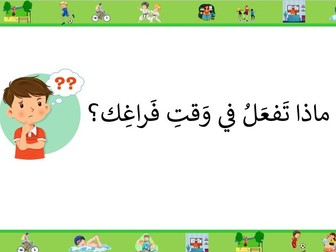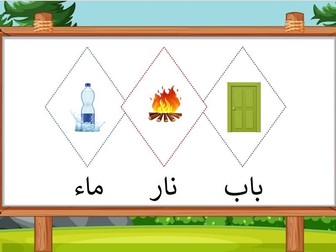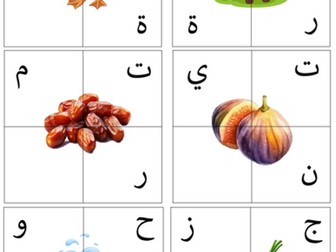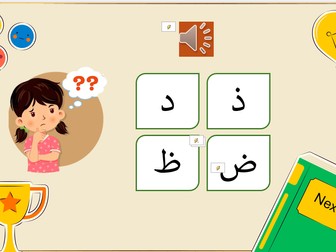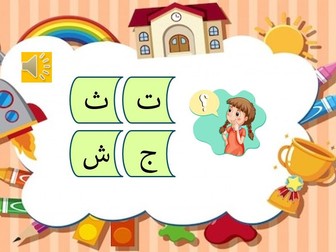Hobbies Game
<p>Discover how fun learning can be with our interactive game, “What Do You Do in Your Free Time?”! This engaging activity challenges you to choose the correct verb to complete sentences about hobbies and leisure activities. Whether it’s “play,” “watch,” “read” or “swim,” you’ll test your knowledge and sharpen your grammar skills in a fun and dynamic way. Perfect for learners of all levels, this game helps you build confidence in using everyday language while exploring various pastimes. Dive in, make the right choices, and see how well you know your verbs!</p>
